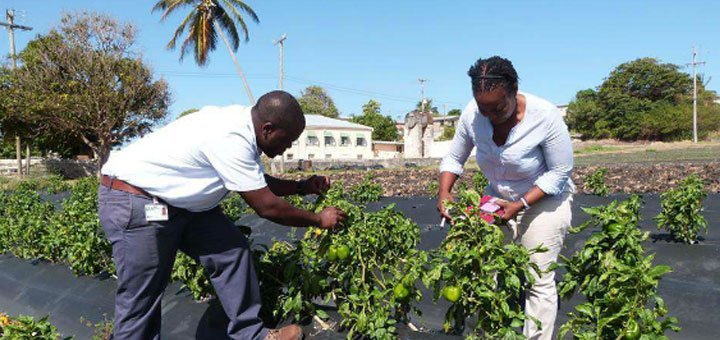Close

Since 2020, Region 5 (Mahaica–Berbice) has become a focal point in the Guyanese Government’s campaign to fortify national food security, with more than 35 agro-processing facilities now operational across the region. This transformation is part of a broader national vision to increase agricultural value-added production, reduce dependency on imported goods, and ensure stable food supplies throughout the country. Facilities situated in strategic agricultural hubs like Mahaica, Mahaicony, and Blairmont are processing fresh local produce into longer-lasting and market-ready goods, including fruit preserves, cassava bread, plantain chips, sauces, and seasonings. According to the Ministry of Agriculture, these facilities not only streamline the farm-to-market journey but also reduce post-harvest losses—an issue that previously cost farmers significantly in both income and productivity. The Guyana Marketing Corporation (GMC) has played a pivotal role in providing technical support, machinery, and training to agro-processors, especially small and medium enterprises, ensuring compliance with food safety standards and boosting the commercial viability of their products (Source: Ministry of Agriculture, Guyana; GMC Annual Reports). Moreover, these developments are linked to the wider “25 by 2025” Caribbean Community (CARICOM) initiative, where Guyana leads the regional charge to cut food imports by 25% by the year 2025. Region 5’s rise as an agro-processing hub directly supports this regional goal, enabling local products to reach not just domestic markets, but export channels across the Caribbean. In addition to processing, the government has invested in feeder roads, cold storage units, and packaging infrastructure in the region to improve supply chains and enhance shelf life—efforts supported by both public funding and international development partners such as the Inter-American Development Bank (IDB). Importantly, these facilities have also generated employment, particularly for women and youth, creating over 500 new jobs across communities in Mahaica and Mahaicony since 2020 (Source: Guyana Chronicle, March 2024). What is unfolding in Region 5 is not just industrial expansion—it is food sovereignty in motion. By empowering farmers and entrepreneurs with the tools to process and market their goods locally, the government is building long-term resilience into Guyana’s food system. This progress marks a significant step toward national self-reliance and sustainable rural development. Indeed, this is what real progress looks like—delivered by the Guyanese Government, grounded in policy, and growing from the soil of Region 5.

The Guyana Project is an independent media platform delivering fact-checked, ground-level reporting on politics, economy, and public life in Guyana. With a focus on transparency and development, we bring unfiltered news and thoughtful analysis to help shape a more informed, forward-looking nation.


Lorem Ipsum is simply dummy text of the printing and typesetting industry. Lorem Ipsum has been the industry’s standard dummy text ever since the 1500s, when an unknown printer took a galley of type and scrambled it to make a type specimen book. It has survived not only five centuries, but also the leap into electronic typesetting, remaining essentially unchanged. It was popularised in the 1960s with the release of Letraset sheets containing Lorem Ipsum passages, and more recently with desktop publishing software like Aldus PageMaker including versions of Lorem Ipsum.
t is a long established fact that a reader will be distracted by the readable content of a page when looking at its layout. The point of using Lorem Ipsum is that it has a more-or-less normal distribution of letters, as opposed to using ‘Content here, content here’, making it look like readable English. Many desktop publishing packages and web page editors now use Lorem Ipsum as their default model text, and a search for ‘lorem ipsum’ will uncover many web sites still in their infancy. Various versions have evolved over the years, sometimes by accident, sometimes on purpose (injected humour and the like).
Contrary to popular belief, Lorem Ipsum is not simply random text. It has roots in a piece of classical Latin literature from 45 BC, making it over 2000 years old. Richard McClintock, a Latin professor at Hampden-Sydney College in Virginia, looked up one of the more obscure Latin words, consectetur, from a Lorem Ipsum passage, and going through the cites of the word in classical literature, discovered the undoubtable source. Lorem Ipsum comes from sections 1.10.32 and 1.10.33 of “de Finibus Bonorum et Malorum” (The Extremes of Good and Evil) by Cicero, written in 45 BC. This book is a treatise on the theory of ethics, very popular during the Renaissance. The first line of Lorem Ipsum, “Lorem ipsum dolor sit amet..”, comes from a line in section 1.10.32.